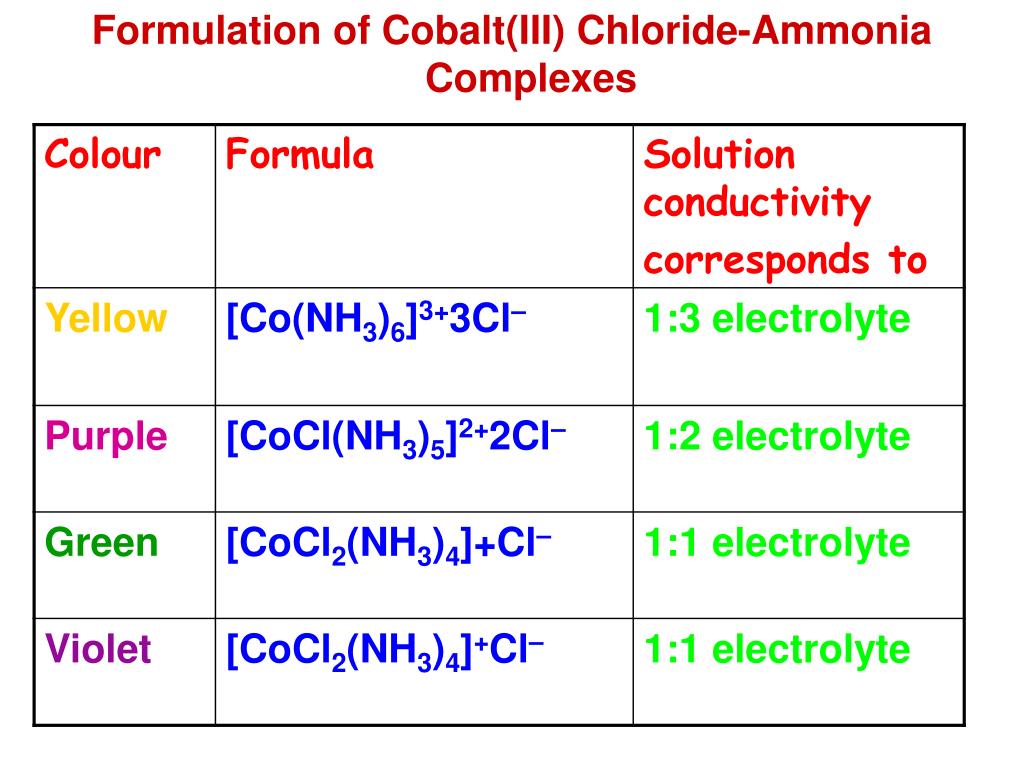
How does the structure change as water molecules are added?Īnhydrous CoCl 2 has the same structure as cadmium chloride, CdCl 2. Silica gel is sometimes supplied containing some cobalt chloride, which indicates the water content – blue when it is dry, pale pink when the air round it is damp. When you heat the gel, it loses the water so you can reuse it. Yes, they are put in with various consumer products, like electrical goods, shoes and handbags, to absorb water, because silica gel can absorb up to about 40% of its weight in water. Silica gel? You mean the stuff that comes in little bags with a warning not to eat them? It can be used as a humidity indicator in weather-measuring instruments, as well as in self-indicating silica gel. You can get an indicator paper – like litmus paper but containing cobalt chloride - which changes colour from blue to pink in the presence of water. This can again be reversed by adding water. If you warm pink CoCl 2.6H 2O gently – up to 150☌ or so - it will gradually lose water forming the violet CoCl 2.2H 2O, then blue anhydrous CoCl 2. You can reverse these changes with solid cobalt chloride crystals. First the purple dihydrate, CoCl 2.2H 2O, forms and then at higher humidity the pink hexahydrate CoCl 2.6H 2O is the product. Anhydrous cobalt chloride, CoCl 2, is blue in colour. It is an unusual material in the way it changes colour, particularly in the presence of water.

Why be interested in cobalt chloride anyway? You can also obtain isolated CoCl 2 molecules in matrices of argon and nitrogen at low temperatures too (the unreactive Ar atoms and N 2 molecules come between CoCl 2 molecules, ‘spacing them out’). Electron diffraction measurements show that it is a linear molecule with Co-Cl distance of 2.113 Å. True, but this picture shows the structure of an isolated CoCl 2 molecule in the gas phase at around 1000 K. Why? Everyone knows that a metal and a non-metal form ionic bonds and have giant structures. Chemical Demonstrations: A Handbook for Teachers ofĬhemistry Wisconsin 1983 Vol.COBALT CHLORIDE - Molecule of the Month June 2016 - JSMol versionĬOBALT CHLORIDE A drug used to dope racehorses that's also a water indicator. Ealy Chemical Demonstrations: A Sourcebook for Teachers. Use caution working with acidic solutions. Add water, however, and the equilibrium will shift back towards the pink hydrated species. If the chloride or cobalt concentrations increase, the equilibrium will also shift towards the blue anhydrous cobalt chloride. Cooling will shift the products towards the hydrated complex, which is more pink. If heat is added, the equilibrium will shift towards the cobalt chloride complex, which is blue in color. 2+(aq) + 4 Cl- 2-(aq) + 6H 2OĪ change in temperature or concentration of the ions will shift the equilibrium.

Observe the colors of the solutions after several minutes.Īlternatively you can use the heat gun to increase the temperature of the cobalt chloride solutions to shift the equilibrium.Īn equilibrium exists between a hydrated cobalt species and anhydrous cobalt chloride, both have an oxidation state of 2+. Place one of each tube in the ice bath.Ĥ. Place one of each tube in the hot water.ģ. Hot plate is located in the top drawer opposite the chemical storage cabinets or on the center bench. ‡Test tubes with pre-prepared solutions and beakers are located in the solutions cabinet. ice water bath (get ice from Gen chem labs prior to class).2 Pre-prepared test tubes with aqueous cobalt chloride (purple solutions)‡ in beaker.2 Pre-prepared test tubes with cobalt chloride and HCl (pink solutions)‡ in beaker.The tube placed in cold water will turn more pink. The tube placed in hot water will turn blue. Description: Test tubes containing a pink solution of cobalt and chloride ions are placed in hot water and cold water.


 0 kommentar(er)
0 kommentar(er)
